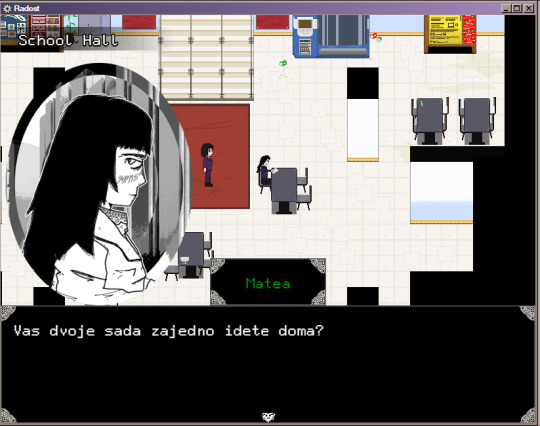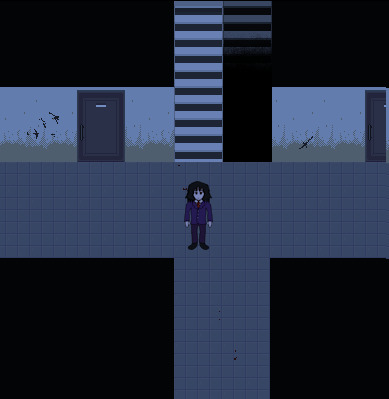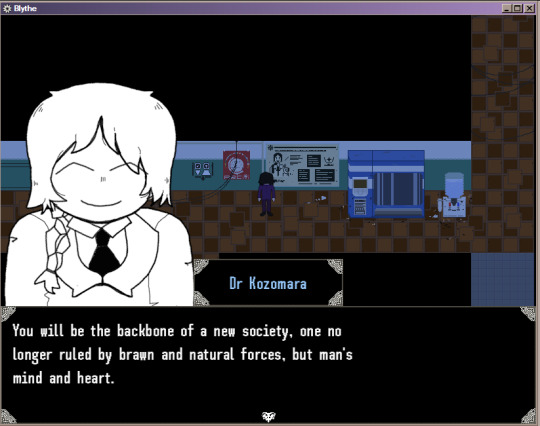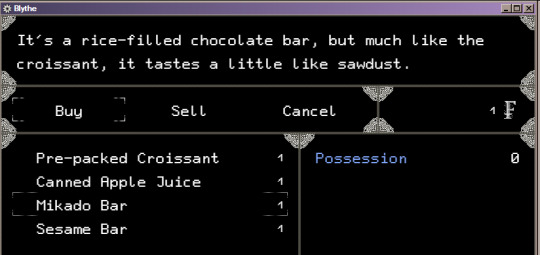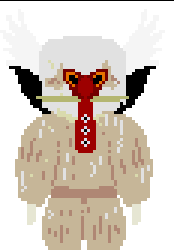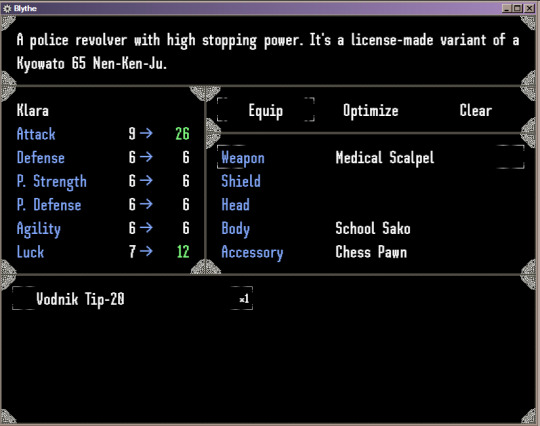#blythe devlog
Explore tagged Tumblr posts
Text
Blythe/Radost Gold officially released May 30th. Be there or be square.
25 notes
·
View notes
Text
DevLog #03: The True Weight of a Double Jump
One of the most common requests I received for Phoenotopia was to add a double jump. Of course, once the game was out, adding a new movement mechanic like that wasn’t feasible without dramatically altering the levels and puzzles. It’s one of those deceptively small changes that carries massive, far-reaching consequences.
Still, I mentally bookmarked the idea for our next project.
And now, in Star Iliad, we present to you: Blythe’s Rocket Dash!
(the tells of dash ability are built directly into her suit—no separate dash indicator bar needed!)
At first, I thought dash and double jump were functionally similar—so similar, in fact, that splitting them into two separate upgrades seemed redundant. Why not combine them into one cool ability: an 8-directional air dash? One upgrade, two functions!
Well, as it turns out, there’s a reason most games separate Dash and Double Jump. Giving the player too much aerial mobility too early drastically changes how levels have to be designed.
In Star Iliad, Blythe’s normal jump reaches 3.5 tiles. That means any platform 4 tiles up is out of reach, letting us create dense, puzzle-like platforming segments. But once you add a double jump—or in this case, a Rocket Dash—the vertical reach increases to 7.5 tiles. Suddenly, those once out-of-reach platforms are now trivially accessible, and the whole world has to expand to compensate.
Take these two areas as examples:
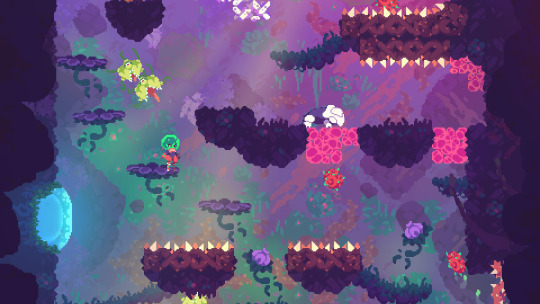
The Whale’s Blowhole (Pre-Dash): An early-game area with platforms spaced about 3 tiles apart, creating a tight, intricate route.
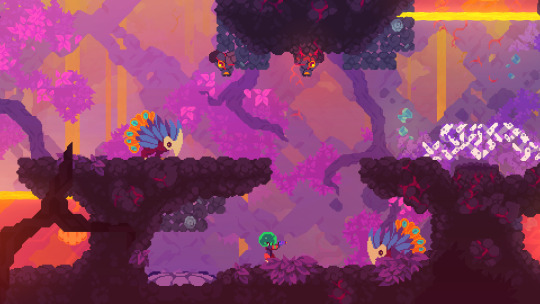
The Whale’s Stomach (Post-Dash): After acquiring the Rocket Dash, the spacing between platforms increases to account for the player’s enhanced vertical and horizontal movement.
Once the Rocket Dash enters the picture, moment-to-moment level design has to change significantly. It’s a powerful tool—and if not carefully balanced, it risks becoming the default solution to everything. Cornered by monsters or projectiles? Just dash away!
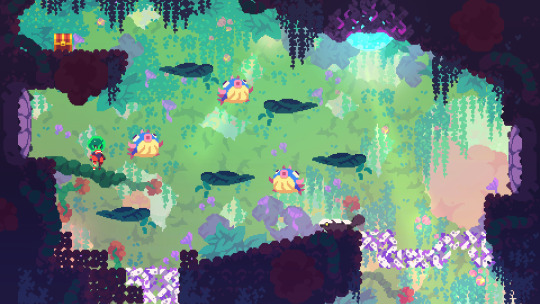
(Early on, this chest requires careful platforming on wobbly leaves and dodging enemies. But if the player comes here post-dash, they can just hop directly to the chest—bypassing the “intended” challenge)
My go-to methods for guiding or blocking players—tight walls, precisely spaced gaps—needed a full reevaluation.
You might be thinking: “Why not just make the walls higher and the gaps wider?” Sure, we can do that—to a point. But Star Iliad takes place inside the body of a giant space whale, and that carries anatomical limitations and caps how much space we have to work with.

(Our very first step into designing the map was sketching out an internal anatomy cross-section—and we’ve been filling it in as we go. This early decision has had profound pros and cons)
As we continued building levels, I started missing the denser platforming possibilities from before the player got the dash. I even debated splitting Dash and Double Jump after all—or at least pushing the dash acquisition further back in the game. It’s hard to argue with the tried-and-true design of critically acclaimed games like Hollow Knight and Prince of Persia, which separate these upgrades for a reason. On the other hand, games like Ender Magnolia go the opposite route, offering powerful aerial mobility early and close together – and it works!


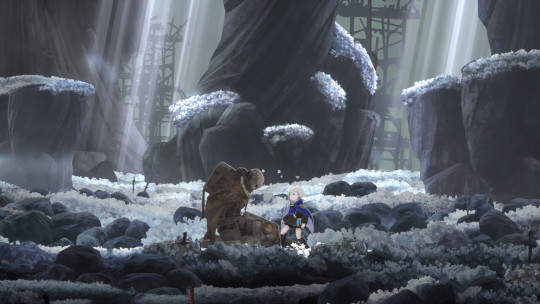
Conclusion: Embrace the Challenge!
Ultimately, there’s no “wrong” decision here 🤔
Rather, the designer makes their decision the right one with their ensuing design choices.
In the end, I decided to keep the dash as it was and embrace the challenge of designing around this early aerial maneuverability. They say the best creativity comes when your back is against the wall 💪
And, plenty of head-scratching and iteration later, I’ve since come up with some pretty “novel” solutions that still make full use of the dash/double jump combo—without letting it overpower everything.
For example:
What if there was a dangerous sleeping monster? And loud noises (such as from your gun or dash) would awaken the monster?
Or, what if there was a “goo” mechanic? Contact with goo monsters or goo obstacles could inflict “goo status” on you, slowing your movement, jump, and dash…
Or, what if there were tons of spikes? (And the spikes were insta-kill or something)
And more! The possibilities are endless. Which ones will make it into the game?
Let’s say these surprises are best discovered… mid-dash 😎
That’s all for this update—thanks for reading!
(Next update will drop at the end of July)
28 notes
·
View notes
Text
new title screen and theme for blythe : )
32 notes
·
View notes
Text
Radost directors cut is about 70% complete, i'll announce a release date soon.
however, the multiple language options may be cut as i focused on redacting the story and parts of the gameplay. there's also a few new screens and improvements to the existing ones coming. the original release was admittedly rushed.
in the meanwhile have a scribble
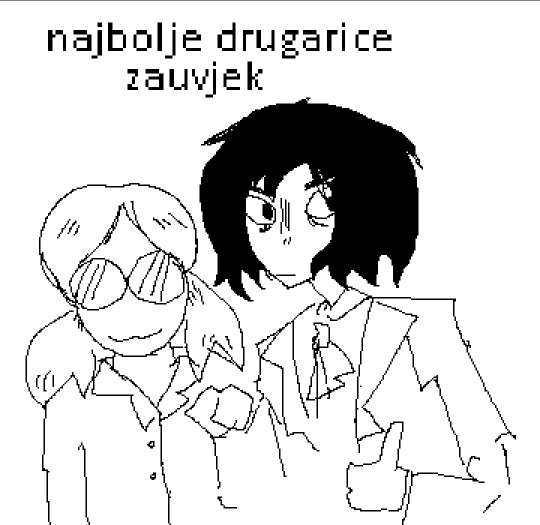
+ a small peek at a revised boss battle
22 notes
·
View notes
Text
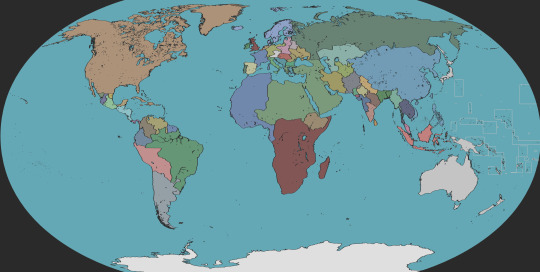
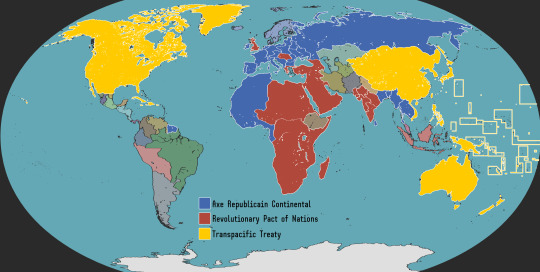
blythe world map (as of 1966) partially complete. internal divisions of tianxia not shown (but they're not de-facto all the same country)
+ a map of the power blocks mentioned at points in the game
11 notes
·
View notes
Text

This time she's really gonna do it
14 notes
·
View notes
Text

glagolitic numerals for one of the cutscenes
thought they look cute
8 notes
·
View notes
Text
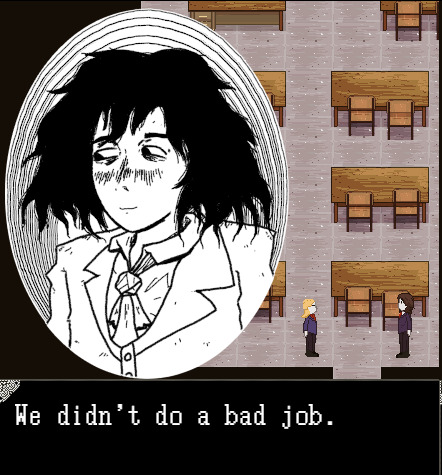
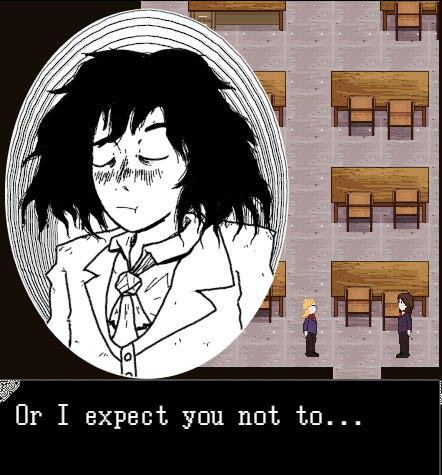
Satisfied with the range of emotions conveyed by the v2 style
15 notes
·
View notes
